What is roller Ball Casters Guide
Roller Ball Casters are specialized wheel assemblies designed for easy movement and maneuverability of furniture, fixtures, and other items that are typically stationary. These casters feature a wheel that is attached to a housing with a built-in bearing that allows for smooth and controlled motion. The unique design of roller ball casters enables them to move in any direction, including sideways, diagonal, and rotational movements, making them highly versatile in various applications.
The primary principle behind roller ball casters is the use of precision bearings that reduce friction and allow for multidirectional movement. The bearings are often made from high-quality materials such as steel or nylon, which offer durability and strength. The ball within the wheel assembly allows for a wide range of motion while the swivel mechanism within the housing provides stability and ease of turning. This combination gives roller ball casters a significant advantage over traditional wheel casters, especially when it comes to moving heavy or bulky items that require precise positioning.
These casters find their utility in a myriad of settings, from industrial equipment and machinery that must be mobile for operational purposes, to office furniture and retail displays that need to be easily rearranged for space optimization. Their smooth operation and ability to glide over various surfaces with minimal effort make them an essential component for anyone needing to move objects with relative ease and security.
Types of Roller Ball Casters
Roller ball casters come in various designs and configurations to suit different applications and load capacities. Here are some common types:
-
Heavy Duty Roller Ball Casters: These are built to withstand substantial weights and are often used in industrial settings or on larger equipment such as carts and platform trucks. They typically have larger wheels and a robust construction to handle the extra load.
-
Light Duty Roller Ball Casters: Designed for smaller loads, these casters are ideal for furniture, retail displays, or medical equipment where less force is required to initiate movement.
-
Swivel Roller Ball Casters: Featuring a swivel action that allows the wheel to turn 360 degrees, these casters provide excellent maneuverability. They are commonly used on shopping carts and in other applications requiring tight turns.
-
Rigid Roller Ball Casters: Also known as fixed casters, they have a stationary fork and cannot rotate horizontally. This type is used when straight-line movement is needed, such as on conveyor belts or platform trucks.
Each type has its own set of common use cases based on the load capacity, wheel material, brake features, and design specifics like wheel diameter and mounting type.
How to choose roller Ball Casters Guide
Selecting the right roller ball casters for your business involves considering several factors such as load capacity, floor conditions, environment, maneuverability requirements, and durability standards. Here's a guide:
-
Load Capacity: Assess the weight of the items that will be moved. Choose casters with a load capacity that exceeds the total weight, including both the object and the caster itself.
-
Floor Conditions: The type of flooring where the casters will be used plays a significant role. For rough surfaces like concrete, harder wheels such as steel or polyurethane may be more appropriate to prevent excessive wear.
-
Environment: Consider the setting in which the casters will operate. For instance, in hospitals or food service areas where hygiene is paramount, non-corrosive and antimicrobial materials like stainless steel or high-tech polymers may be preferred.
-
Maneuverability: Evaluate how easily the object needs to be moved. In spaces with limited room for turning or where precise positioning is necessary, swivel casters provide greater control.
-
Features: Some models offer additional features like adjustable height or built-in brakes which could be crucial depending on your specific application needs.
-
Durability Standards: High-quality materials and construction such as steel or reinforced nylon can ensure longevity and reduce maintenance costs over time.
Understanding these considerations will help in selecting the most suitable roller ball casters for your business's needs.
About roller Ball Casters Guide on Alibaba.com
Alibaba.com stands out as an international wholesale marketplace connecting businesses with a vast selection of roller ball casters suitable for any application. Whether you're outfitting an office building with ergonomic furniture solutions or seeking heavy-duty options for industrial use, Alibaba.com offers access to suppliers who can meet your specific needs. With an extensive array of products that cater to different design styles—from modern to traditional—and features such as adjustable height settings or eco-friendly materials like PU and TPR, businesses can effortlessly source casters that align with their project requirements.
The platform's commitment to facilitating global trade is evident through its user-friendly interface that supports multi-language communication and mobile-friendly transactions. Furthermore, Alibaba.com's Trade Assurance service provides an added layer of security by protecting payments until delivery is confirmed complete. By choosing Alibaba.com as your sourcing destination for roller ball casters, you're not just purchasing a product; you're engaging with a system designed to streamline international trade processes and support your business's growth worldwide.
Common FAQs for roller Ball Casters Guide
What factors should I consider when choosing the right roller ball casters for my application?
When selecting roller ball casters, consider the load capacity, the type of surface they will be used on, the speed and ease of movement required, the compatibility with existing equipment, and the quality of the construction to ensure long-term durability.
How does wheel type affect the performance of a roller ball caster?
Wheel type greatly influences the performance of a roller ball caster. Swivel casters offer 360-degree rotation, making them ideal for applications requiring flexibility and maneuverability. Fixed wheel casters provide straight-line movement, which is preferable for heavy loads and precise positioning.
Are there different materials available for roller ball casters, and how do they impact their use?
Yes, roller ball casters come in various materials such as polyurethane, rubber, nylon, TPR, steel, and stainless steel. The choice of material affects the caster's load capacity, resistance to wear, and suitability for different floor types.
What is the significance of the mounting type of a roller ball caster?
The mounting type of a roller ball caster determines how the caster will attach to the equipment. Plate mount casters are secured to a flat surface with screws for applications that require a stable mount. Threaded stem casters are mounted into pre-drilled holes in the equipment's legs or frames for easy installation.
Can roller ball casters be used on any surface?
Roller ball casters are versatile but perform best on smooth surfaces. They may work on other surfaces like carpet or concrete depending on the wheel material and design type, but their efficiency will vary.
What are some common applications of roller ball casters?
Roller ball casters are commonly used in industries such as manufacturing plants, distribution centers, retail stores, hospitality venues with high foot traffic, and in environments where frequent movement of equipment is required.
How do I know if a roller ball caster is compatible with my equipment?
Compatibility can be determined by matching the wheel type (swivel, fixed, or with brake), mounting type (plate or threaded stem), and the load capacity with your equipment specifications. It's important to check the product specifications against your requirements.
What are precision ball bearing casters, and where are they typically used?
Precision ball bearing casters use high-grade ball bearings to offer smooth and precise movement. They are often found in applications where accurate positioning and minimal friction are critical, such as in machines that require fine adjustments.
What wheel types are available for roller ball casters?
Wheel types for roller ball casters include swivel caster wheels, fixed caster wheels, adjustable caster wheels, and dual-wheel casters. The choice depends on the intended use—swivel casters provide 360-degree movement while fixed casters only allow for linear motion.
How often do I need to replace my roller ball casters?
The frequency of replacement depends on usage intensity and environment. High-traffic areas or harsh conditions may require more frequent maintenance checks. However, if a caster shows signs of wear such as flat spots or uneven movement, it should be replaced promptly to prevent further damage or failure.
Are there specific maintenance tips for roller ball casters that I should be aware of?
Maintenance tips include regular cleaning to remove debris that may obstruct smooth operation, checking for loose parts or excessive wear, and ensuring that the wheel type is appropriate for the application to prevent premature failure or damage.
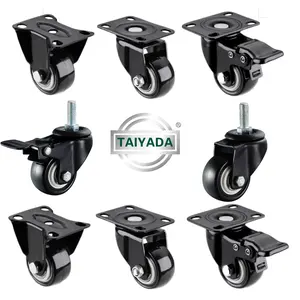








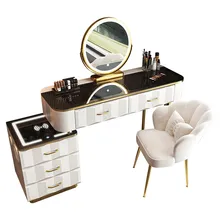


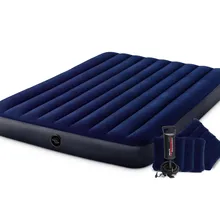

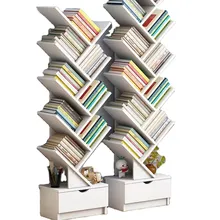




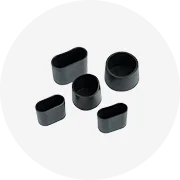
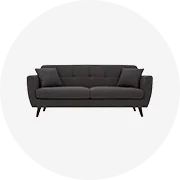
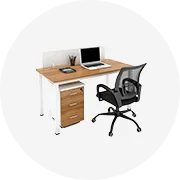
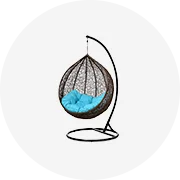
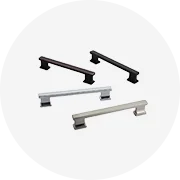
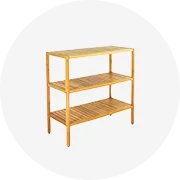
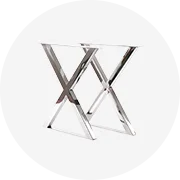
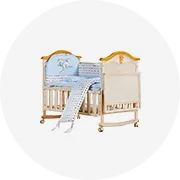








 浙公网安备 33010002000092号
浙公网安备 33010002000092号 浙B2-20120091-4
浙B2-20120091-4